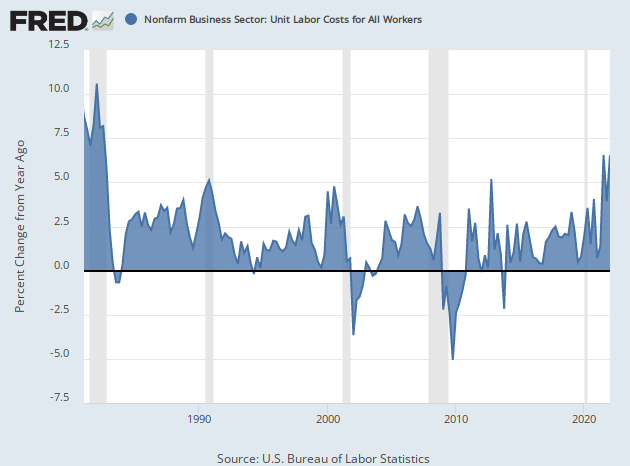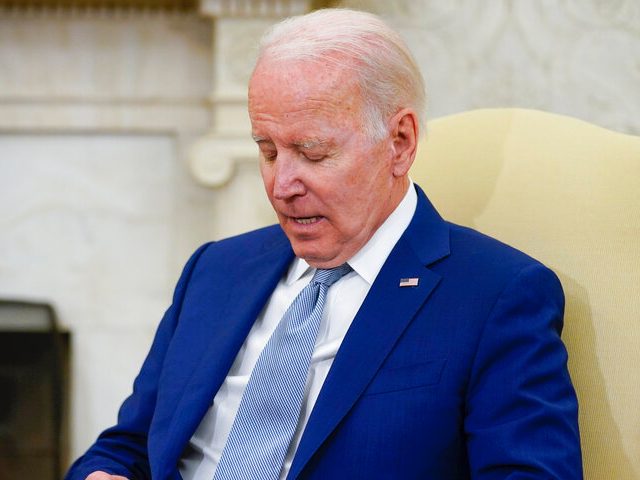The labor costs in the U.S. rose sharply in the first three months of the year, reflecting the highly inflationary environment and adding even more upward pressure on consumer prices.
Unit labor costs jumped 12.6 percent in the first quarter, a big increase from the initial estimate of 11.6 percent, data from the Department of Labor showed Thursday. Economists had forecast no change from the initial estimate.
Over the past year, labor costs are up 8.2 percent, the largest four-quarter gain since 1982.

The Bureau of Labor Statistics calculates unit labor costs as the ratio of hourly compensation to labor productivity. Increases in hourly wages and benefits tend to increase unit labor costs and increases in productivity tend to reduce them.
Labor costs tend to rise when inflation is high. Economic studies indicate that increases in broad measures of prices paid by governments, investors, consumers, and foreign purchasers of U.S. goods and services tend to push up labor costs over time.
The relationship between labor costs and consumer prices is more complex. Similar to what we see in broad measures of inflation, higher prices of goods purchased by consumers appear to push wages higher. But higher wages also tend to push consumer prices higher. This two-way causality is not observed in measures that include exports, investment, and government purchases. It is often referred to as a ‘wage-price spiral.’
The forty-year high in labor cost increases also saw the Consumer Price Index rise at its fastest pace in 40 years in March.

U.S. first-quarter worker productivity shrank a revised 7.3 percent, upwardly revised from the 7.5 percent contraction reported in the preliminary data issued last month. This was the largest quarterly decline in productivity since 1947.
The figures released last month were much worse than economists had forecast. Wall Street already had been expecting productivity to fall by just 5.2 percent and labor costs to rise 10.5 percent.
Productivity is measured by dividing a subset of Gross Domestic Product by the total number of hours worked. The output and labor hours of nonprofits, government, and private households are excluded. The big decline reflects the fact that hours worked increased 5.4 percent as the economy added jobs at a very fast pace but overall output declined by 2.3 percent.

COMMENTS
Please let us know if you're having issues with commenting.